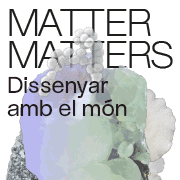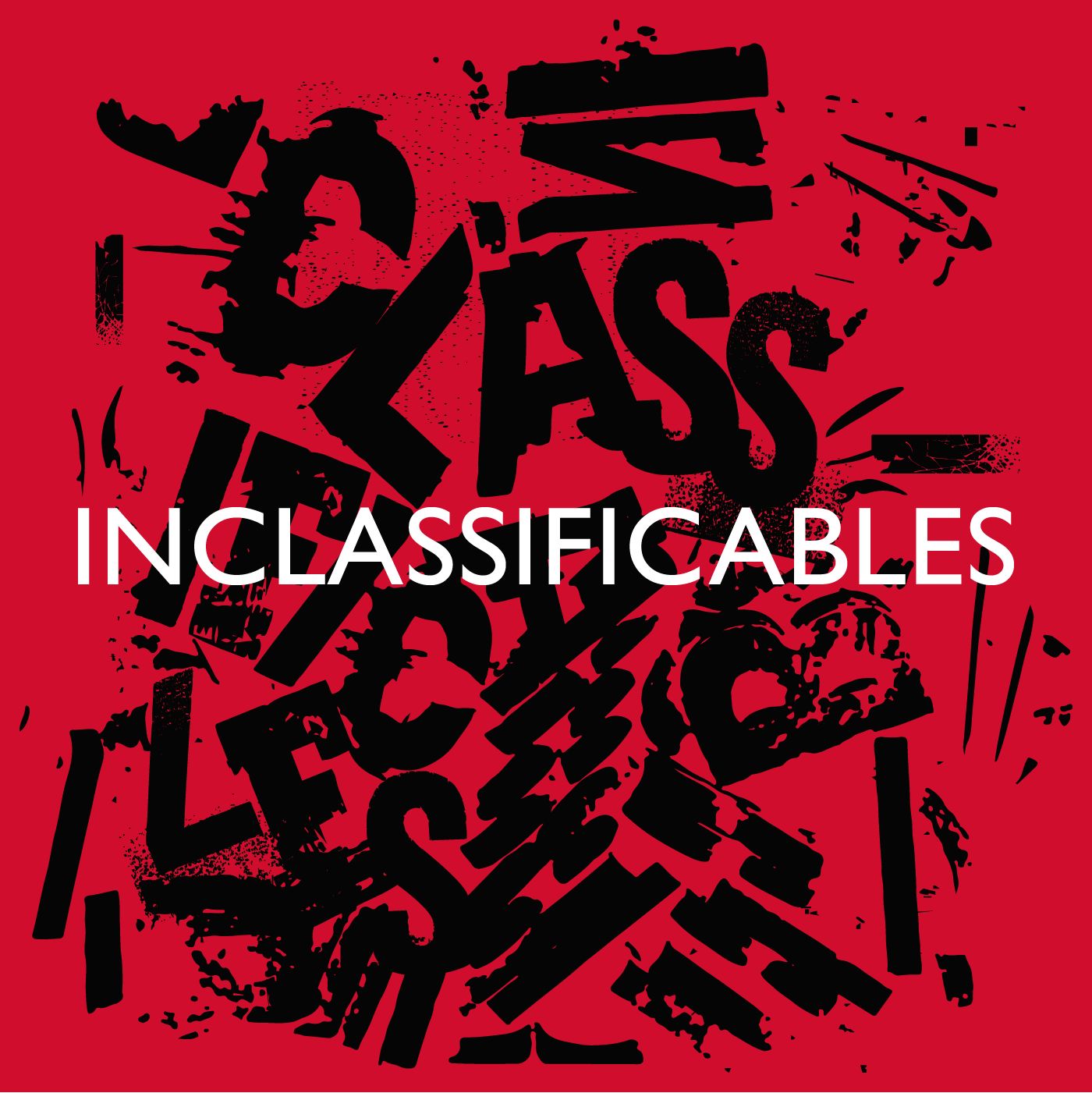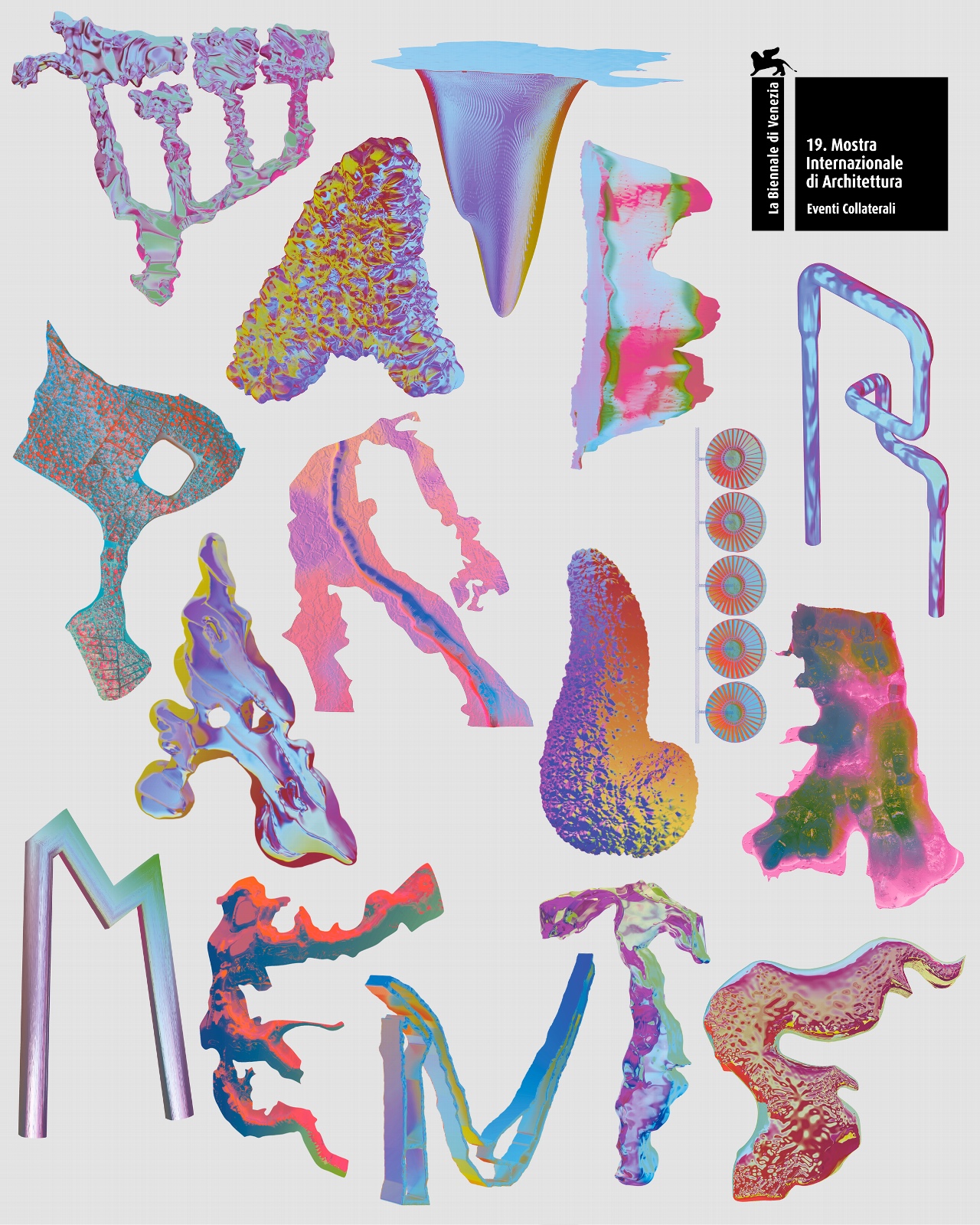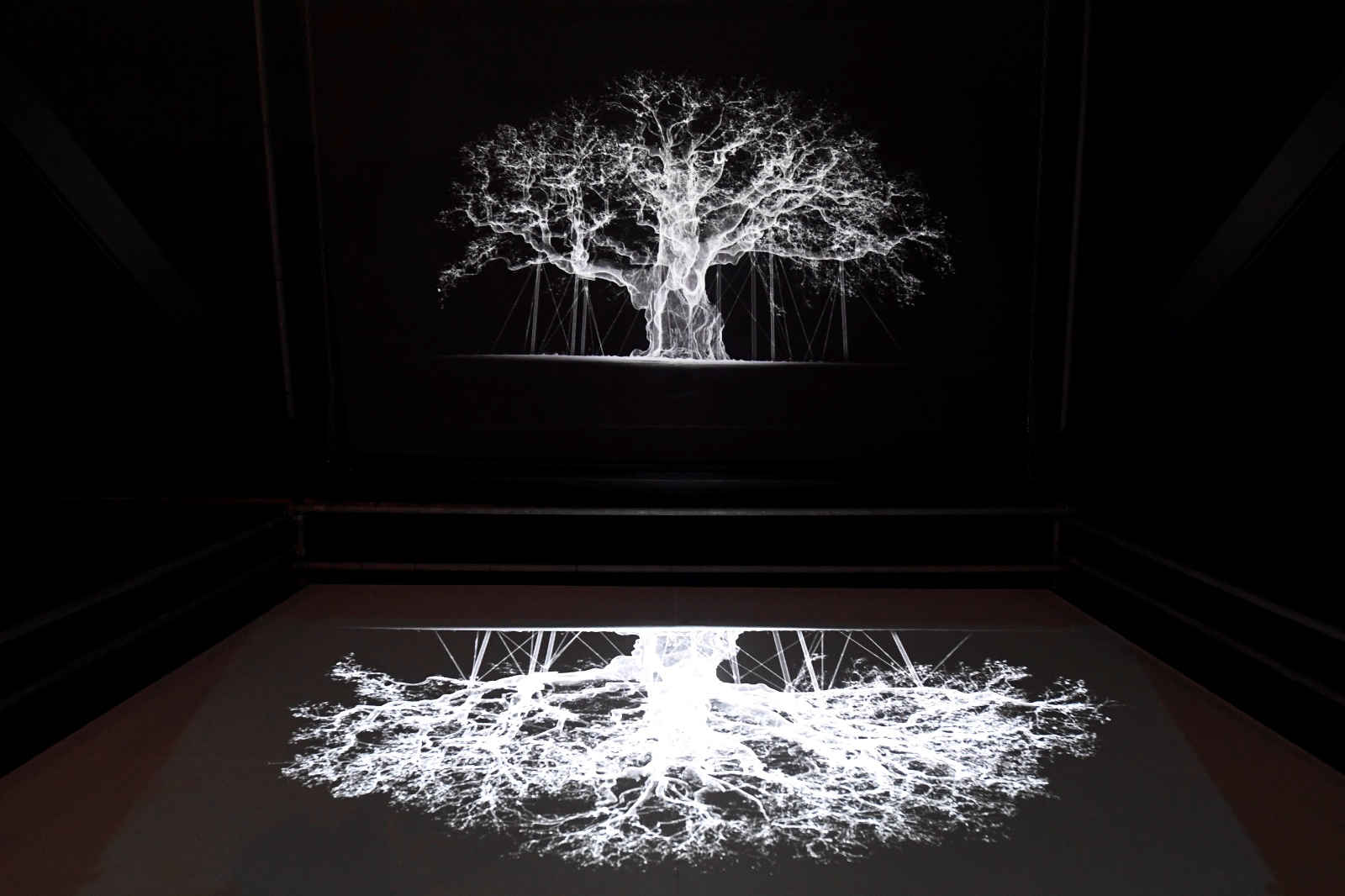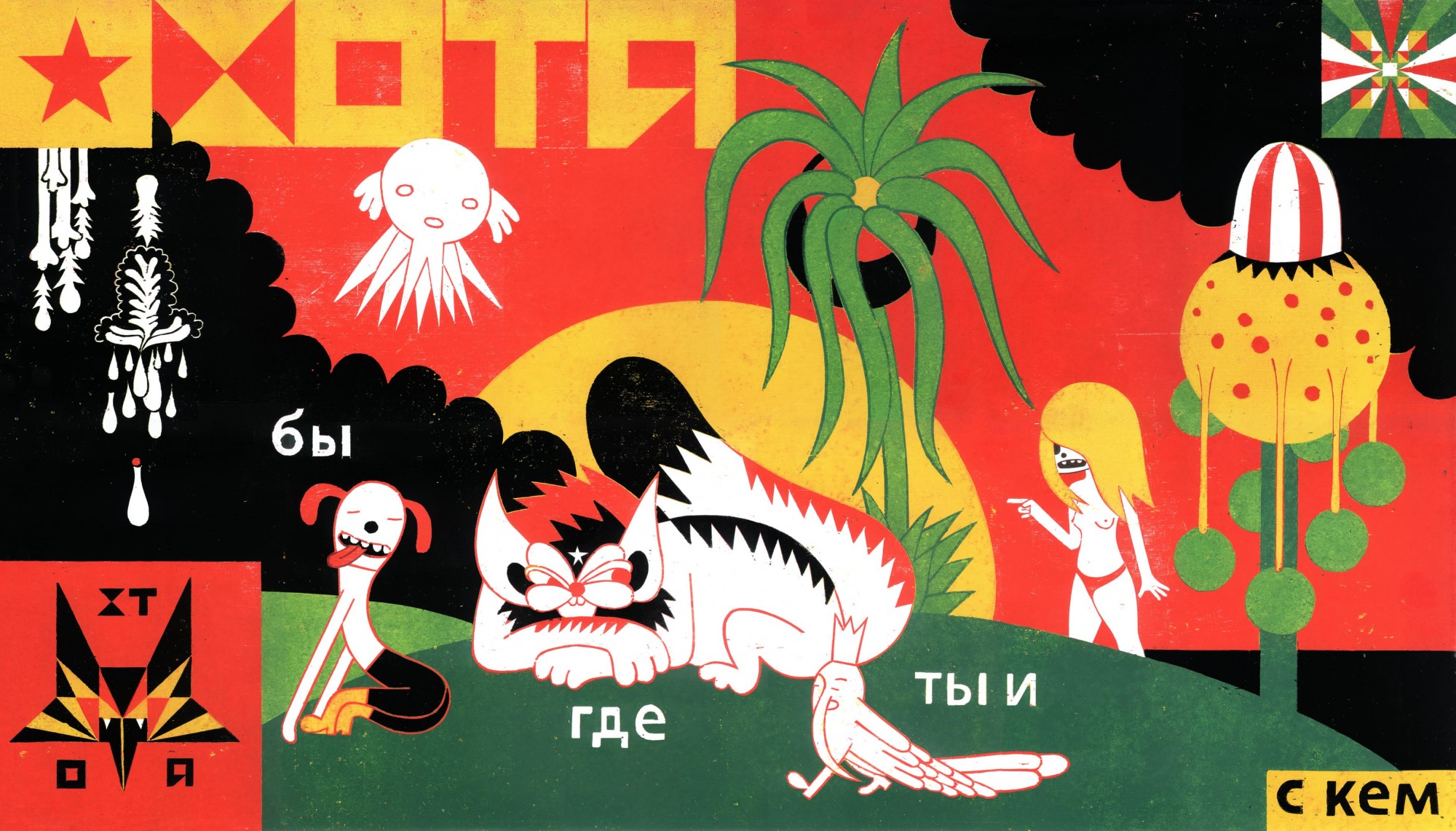News
Presentation of the Strategic Plan for Automotive Heritage in Catalonia
An initiative to recognize, preserve and promote Catalan automotive heritage as an essential part of our industrial and cultural memory.

Yesterday, Friday 25 April, the National Museum of Science and Technology of Catalonia (MNACTEC) hosted the presentation of the Automotive Heritage Plan in Catalonia , a key initiative for the preservation and valorisation of the industrial and cultural heritage of the automotive sector in our country. The event was attended by Jaume Perarnau Llorens , director of MNACTEC, who opened the day by highlighting the importance of this plan for the consolidation of the automotive sector as cultural heritage in Catalonia. Afterwards, Ricard Planas Camps and Josep Manuel Rueda , authors of this strategy, shared the origins, objectives of the project and its evolution. Joaquim Borràs Gómez , director general of Cultural Heritage of the Generalitat de Catalunya, also spoke to support this initiative and highlight the need for closer collaboration between the public and private sectors in the management of this heritage.
[rowa3a55]
This plan's main objective is to establish a strategic platform that gathers and unites the efforts of the different agents involved, both public and private, with the aim of preserving and making known this industrial legacy, fundamental to the history of Catalonia. The lack of an institutional support network for collectors, as well as the problem of generational continuity of private collections, are just some of the challenges that this plan aims to address. At the same time, it highlights that the support of the authorities and the involvement of various actors in the sector are essential to guarantee the protection and promotion of this heritage. As Ricard Planas pointed out during the presentation: "We need to promote an overall vision of the country, of what is happening and of what we have, in order to begin to weave, in a first stage, a networked museum. We need to interconnect all the articulating agents that are already there, value them and make them visible."
The Strategic Plan for Automotive Heritage in Catalonia
It is surprising that a country like Catalonia, which was a pioneer in automobile production as early as the 19th century (the first car manufactured dates back to 1890), with car and motorcycle factories since the 19th century (Hispano-Suiza, Erizalde, Pegaso, Ebro, Montesa, SEAT, Bultaco, Derbi, Torrot, Rabasa, Rieju, Gas Gas...), coach bodies (Ayats, Beulas, Obradors, Vert), with elite athletes in car rallies and motorcycle racers (Zanini, Fernández, Servià, Sagi, Sito Pons, Garriga, Màrquez, to name a few), with circuits such as the Terramar racetrack in Sant Pere de Ribes from 1923, the third oldest in Europe, the Montjuïc circuit or the Montmeló circuit, with climbs such as the Arrabassada, the Montseny and the Catalunya-Costa Brava Rally... has not paid attention to the heritage of the sector and its representation. institutional. In any case, the private sector has seen the need and that is why in our country there are twenty museums or collections of a certain entity and a series of private collections, for the time being without a vocation to be shown to the general public. In the institutional field, the National Museum of Science and Technology of Catalonia (MNACTEC) has a good heritage representation of the sector.
We cannot forget that in Catalonia we have the Real Automòbil Club de Catalunya (RACC), an entity that is essential in this whole process, due to the weight it has in Catalan society. The automotive industry, both in the economic, social, recreational and sporting aspects, has a strong impact on our society, and this demands its cultural recognition, through its patrimonialization.
 Jaume Perarnau Llorens durant l'acte de presentació del Pla Estratègic del Patrimoni de l’Automoció a Catalunya al MNACTEC.
Jaume Perarnau Llorens durant l'acte de presentació del Pla Estratègic del Patrimoni de l’Automoció a Catalunya al MNACTEC.
For this reason, in 2020, Ricard Planas, with the endorsement of Jaume Perarnau, director of MNACTEC, presented the Automotive Plan of Catalonia to the Catalan Agency for Cultural Heritage of the Generalitat de Catalunya. The plan was led by Ricard Planas himself and executed together with Daniel Fuentes, Josep Narcís Arderiu and David Sánchez, the latter from the Catalan Federation of Historic Vehicles. It was about establishing the ecosystem and the automotive cluster, which included industry, sport and leisure, from karting to slots. Therefore, it became a key element for preparing future documents.
The plan was the basis for the current Strategic Plan for the Automotive Industry of Catalonia, commissioned by Jaume Perarnau and executed by Ricard Planas and the author of this article, and was presented in November 2024 at the MNACTEC. This plan puts two basic objectives on the table: on the one hand, the process of patrimonialization of the automotive industry, selecting the elements that should be considered automotive heritage through the creation of the inventory, and the creation of protection figures, following the cultural heritage law (catalogued objects, BCIL, BCIN). It is proposed to add one more figure, which would be the Automotive Landscape of National Interest, for historic roads and circuits. On the other hand, it is necessary to create an infrastructure to represent this heritage: the Automotive Museum of Catalonia, which should be of national interest.
The plan details the steps to be taken to achieve these objectives, as well as a cost calculation and a proposed timetable. The entire process could be completed in about five years and at a cost of 2,579,000 euros, provided that the government approves it and does not modify it. The plan is for an agile and feasible museographic proposal that responds to the needs of the sector.
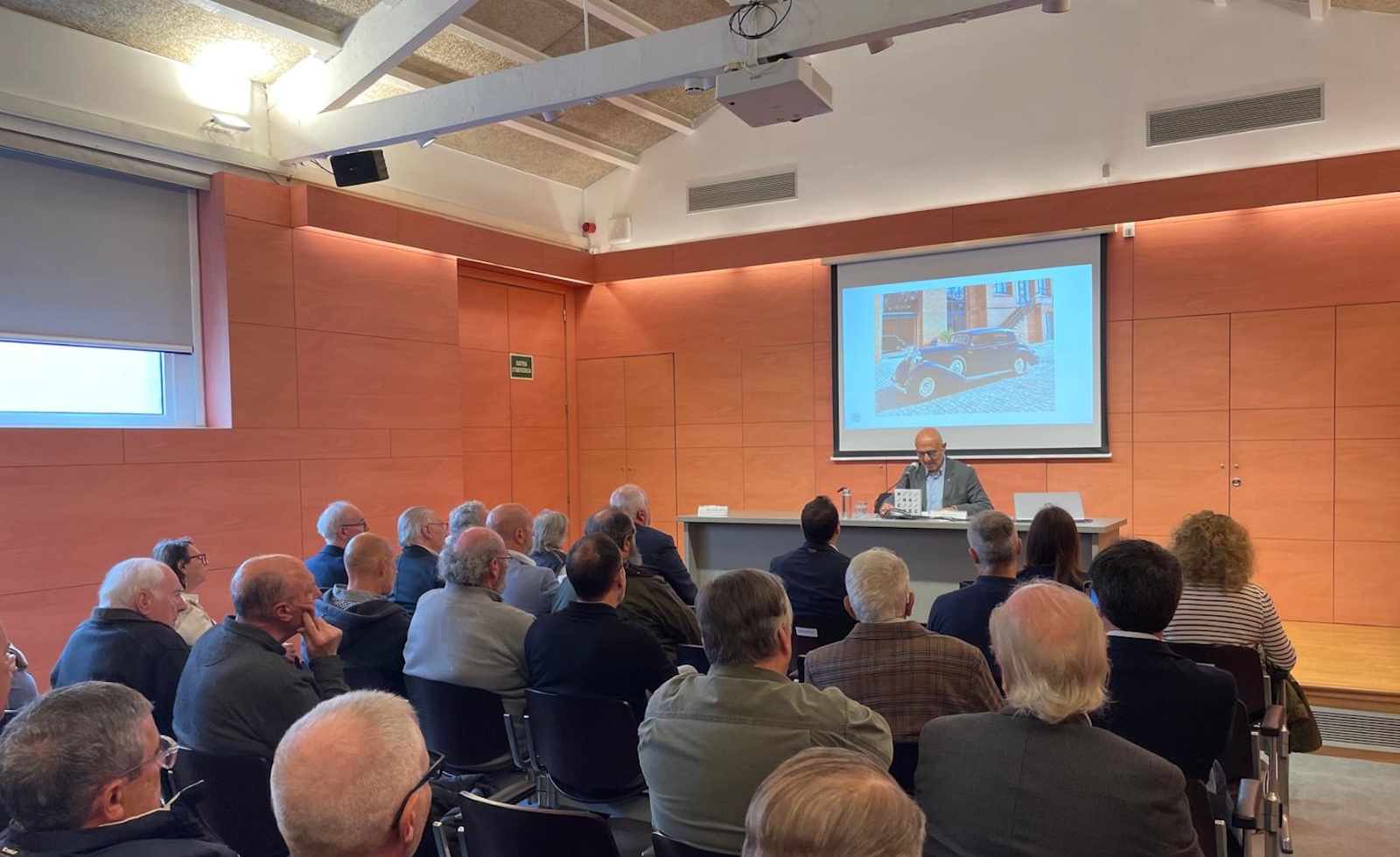 Joaquim Borràs Gómez durant l'acte de presentació del Pla Estratègic del Patrimoni de l’Automoció a Catalunya al MNACTEC.
Joaquim Borràs Gómez durant l'acte de presentació del Pla Estratègic del Patrimoni de l’Automoció a Catalunya al MNACTEC.
As for the first part, the inventory and processing of the protections that are established should be commissioned, in order to have the automotive heritage system established. The execution of this part is relatively simple, in part because the procedures to be executed are fully defined. The creation of any new figure involves modifying the heritage law, and this requirement is complex because it requires the approval of Parliament. But without these new figures, the heritage process can perfectly begin. On the other hand, the modification of the law is currently planned.
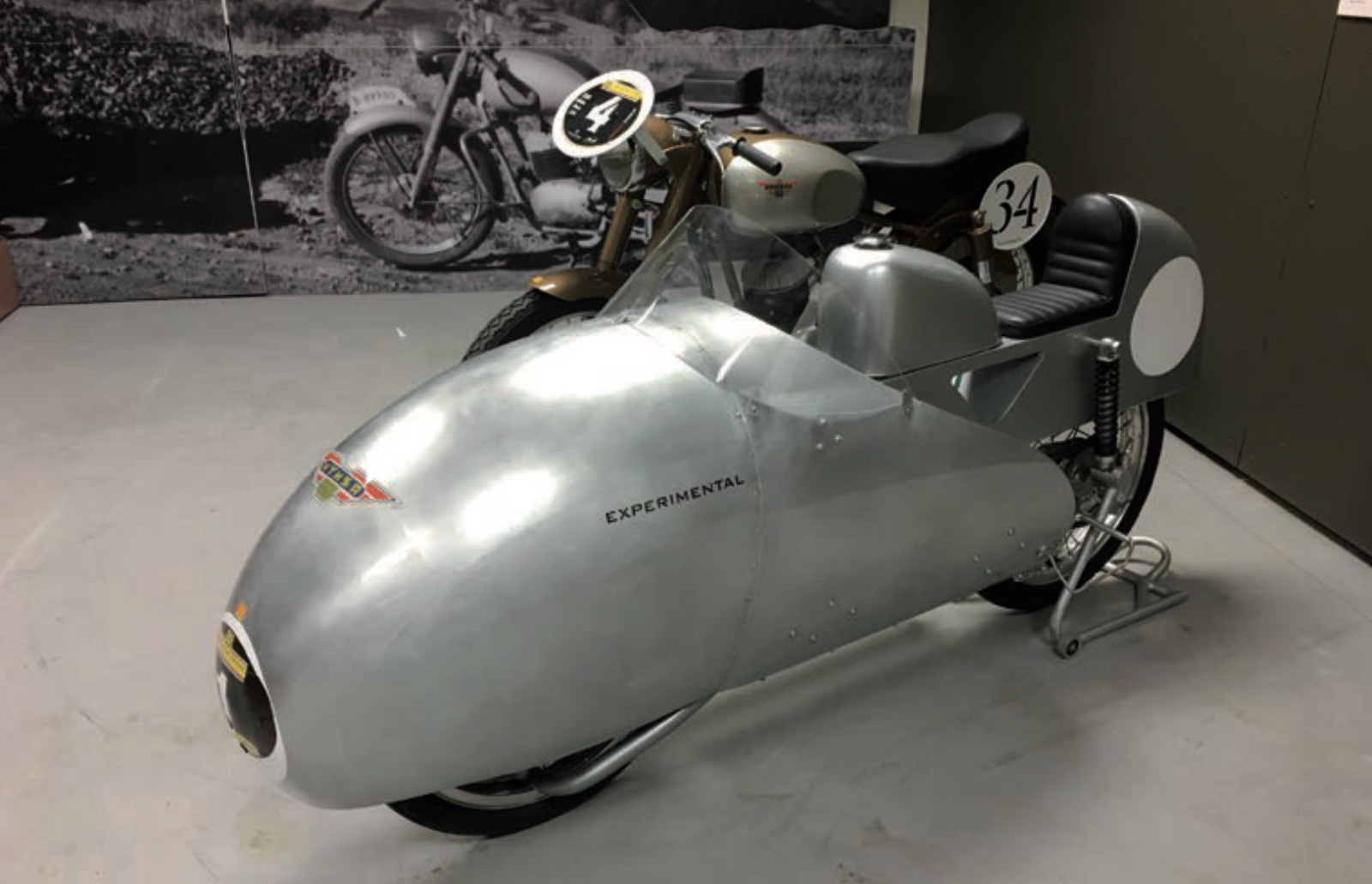 Motocicleta Mymsa Experimental, 1955. Col·lecció Aragal.
Motocicleta Mymsa Experimental, 1955. Col·lecció Aragal.
The museographic proposal avoids complex and mammoth approaches. It is simply a matter of creating a logistics center with a permanent exhibition that shows the history of the automotive sector and that represents its reality well. It is also proposed to create a network of automotive museums that will house the twenty most accurate representations that already exist, and would have their representation in the museum. The equipment should include restoration, educational, dissemination, communication and marketing services... As for Chapter I of the museum, we have not gone into it, because it will depend a lot on the size that is given to it and it will be an expense that will have to be assumed once it has been created. But if we had a staff of about twenty people (which could be less), the cost would easily rise to another million euros.
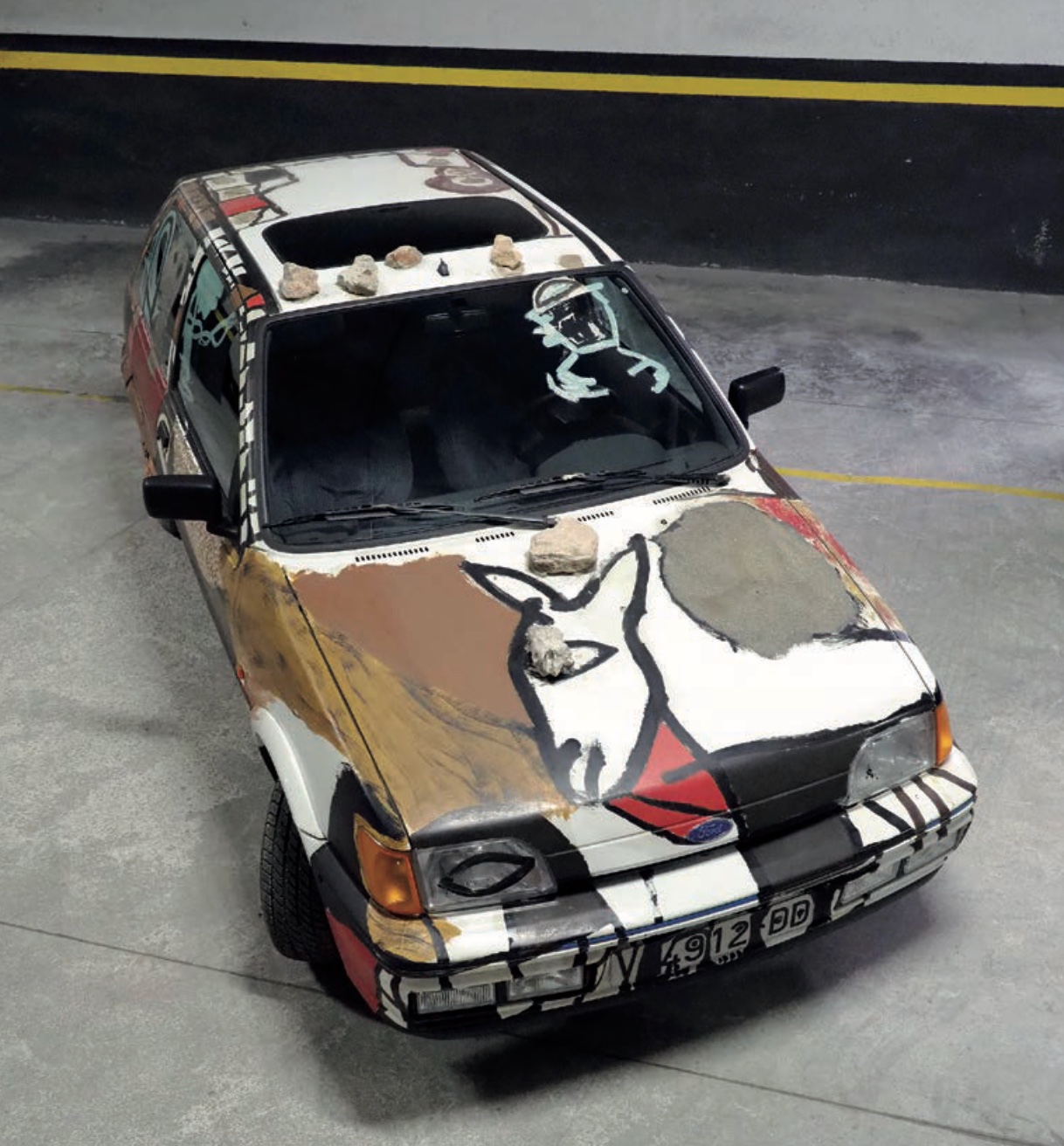 Naturaleza veloz, Josep Guinovart, 1989.
Naturaleza veloz, Josep Guinovart, 1989.
In our opinion, this proposal is adequate to the needs of the country and fully viable, and what is more important, it is necessary and essential. The historical importance of the sector in Catalonia and its present lead to its patrimonialization and representation in museographic terms. We hope that the situation will be favorable and that in the next decade it will become a reality, with the participation of the private sector, which in the Strategic Plan is a sine qua non condition.
Jose Manuel Rueda



